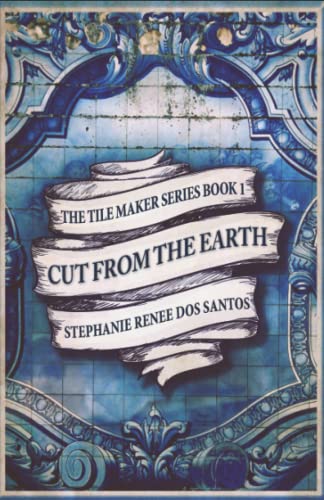Cut From The Earth
This beautifully written novel set in Lisbon in 1755 tells the story of Pêro, a gifted tile-maker who is dedicated to freeing slaves and employing them in his workshop. Together with his wife Paulinha, he creates exquisite tile designs including life-size human figures. Pêro attracts the unwanted attention of the Inquisition because they do not approve of women as tile designers, especially since some of Paulinha’s figures are erotic, and they are opposed to Pêro’s efforts to free the slaves. When Pêro receives a commission from a wealthy merchant in Brazil, he is determined to use the money to free an elderly slave, the father of his chief assistant. Then a catastrophic earthquake hits Lisbon, and Pêro loses everything he has. As he struggles to come to terms with his loss, he faces an important decision: should he go to Brazil to begin a new life or stay in Lisbon to help rebuild the devastated city?
Dos Santos immerses the reader in the vibrant, culturally diverse city of Lisbon, and makes us feel as if we are there. She writes in wonderful detail of the tile-making process, the festivals, the horrors of the slave trade, and, especially, the destruction brought about by the earthquake, as people search for loved ones among the ruins. My heart broke for Pêro and his friends as I read that part of the book. In spite of the horrific losses, there is a glimmer of hope at the end, and I think dos Santos strikes the right balance between that and the disaster of the earthquake. She also draws attention to the overlooked role played by women and Black people in the creation of art. I loved reading about life in Portugal, which is an underused setting for historical fiction. Highly recommended.










